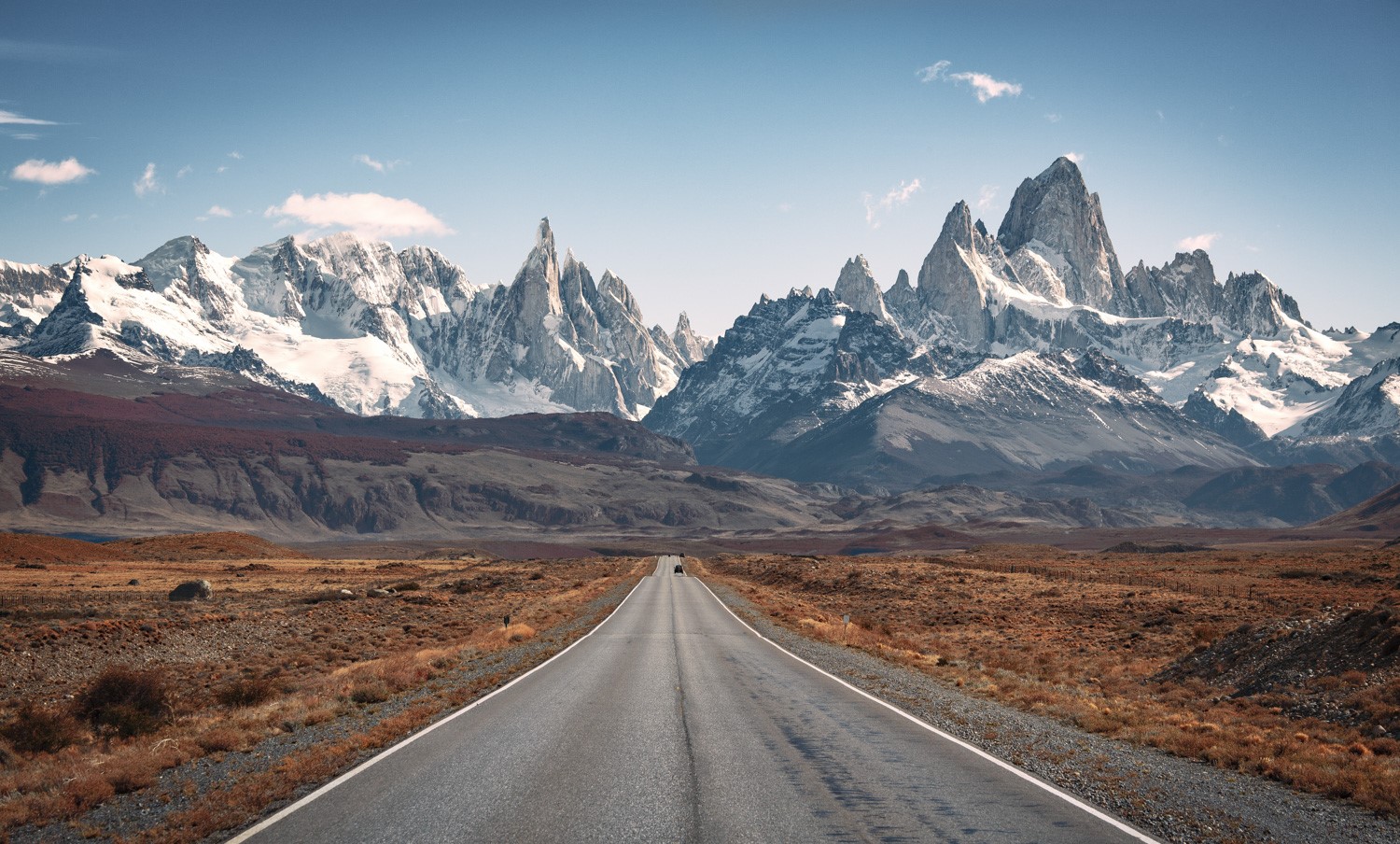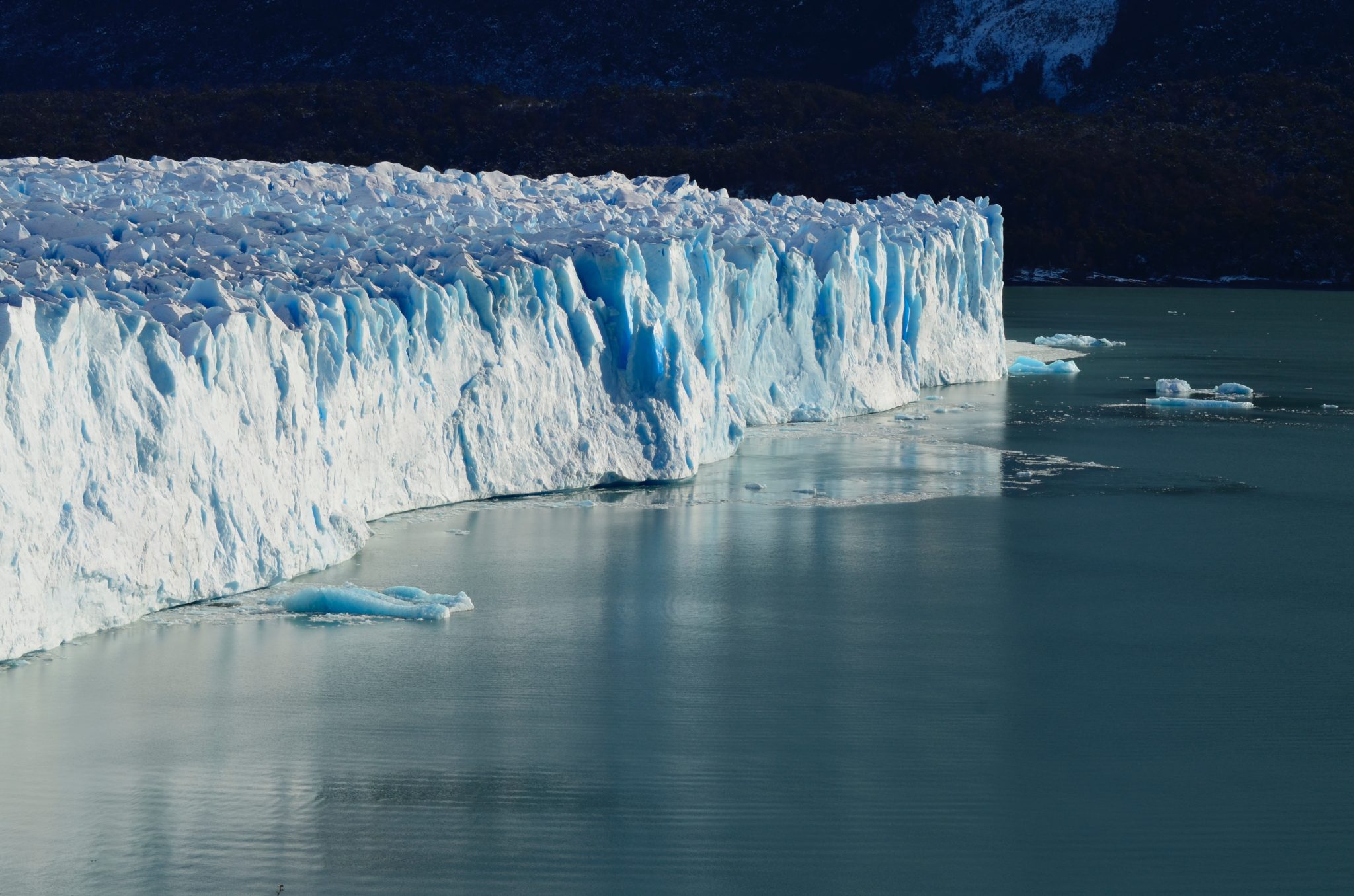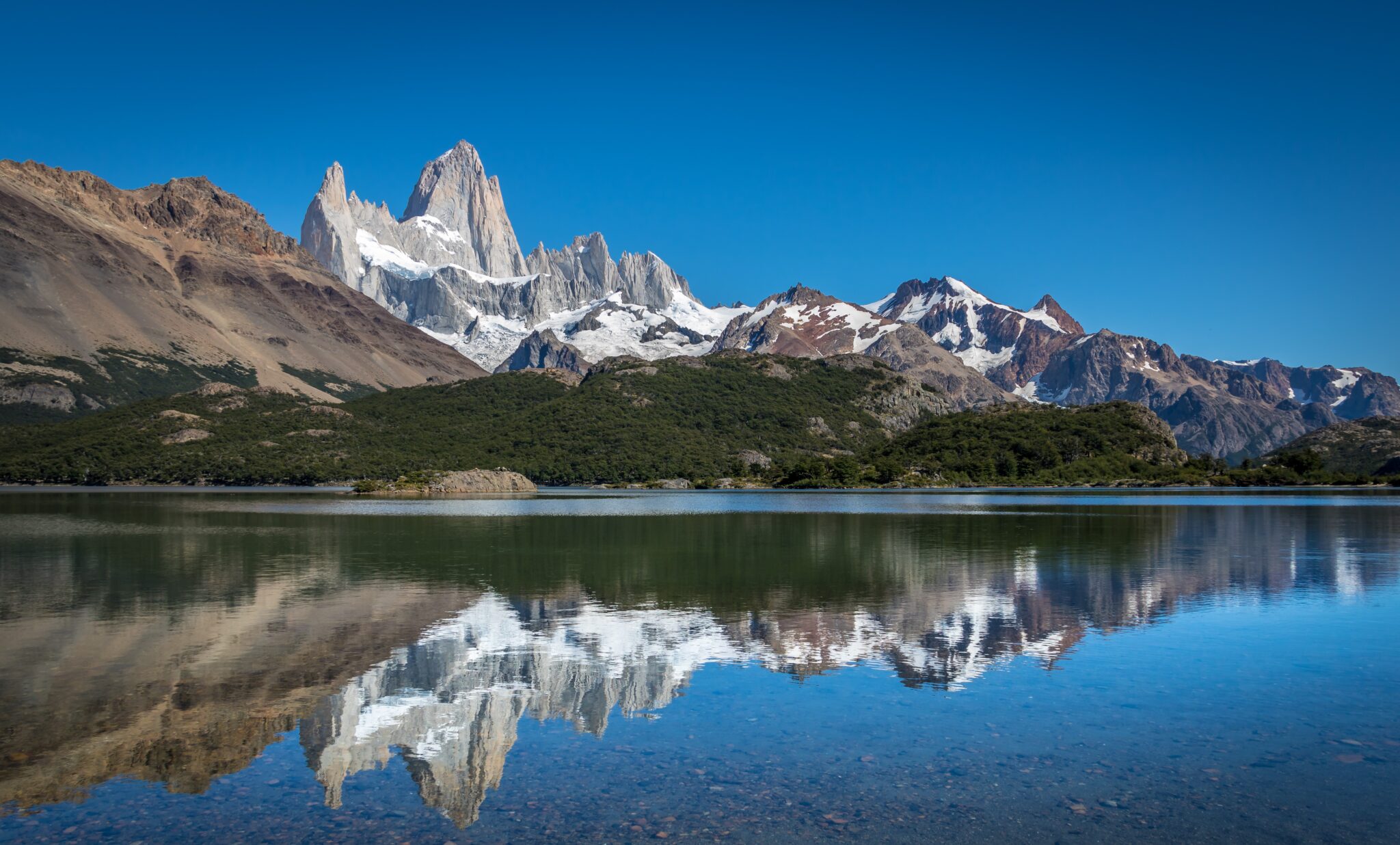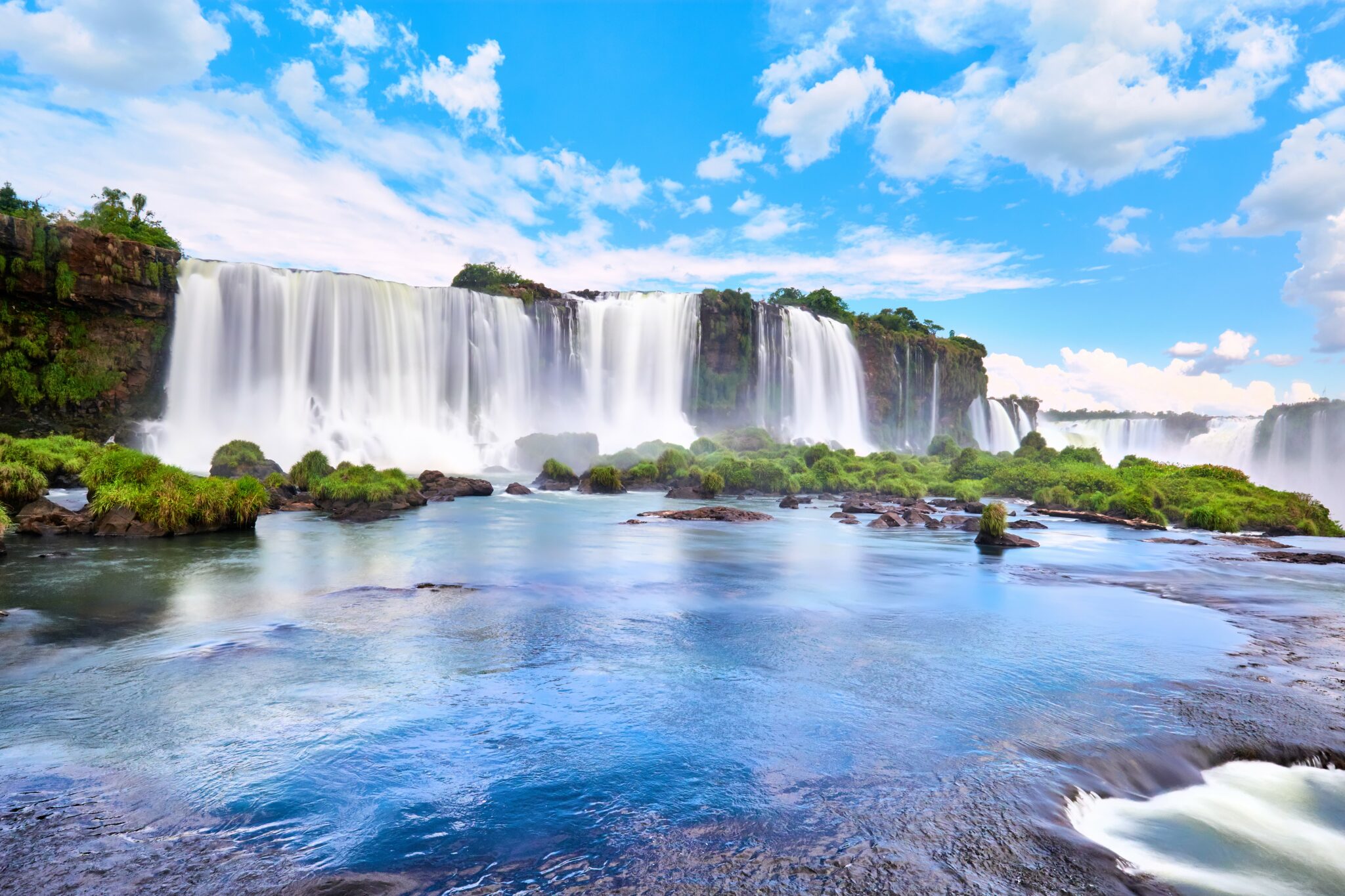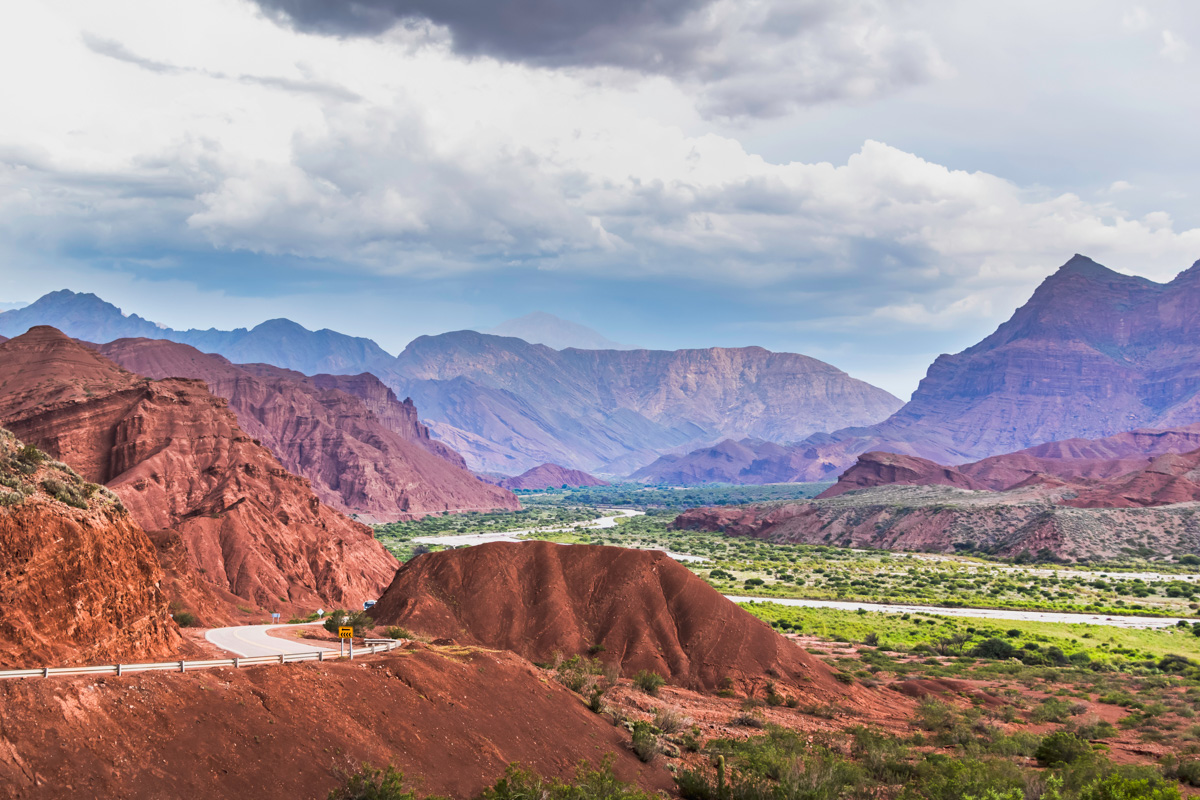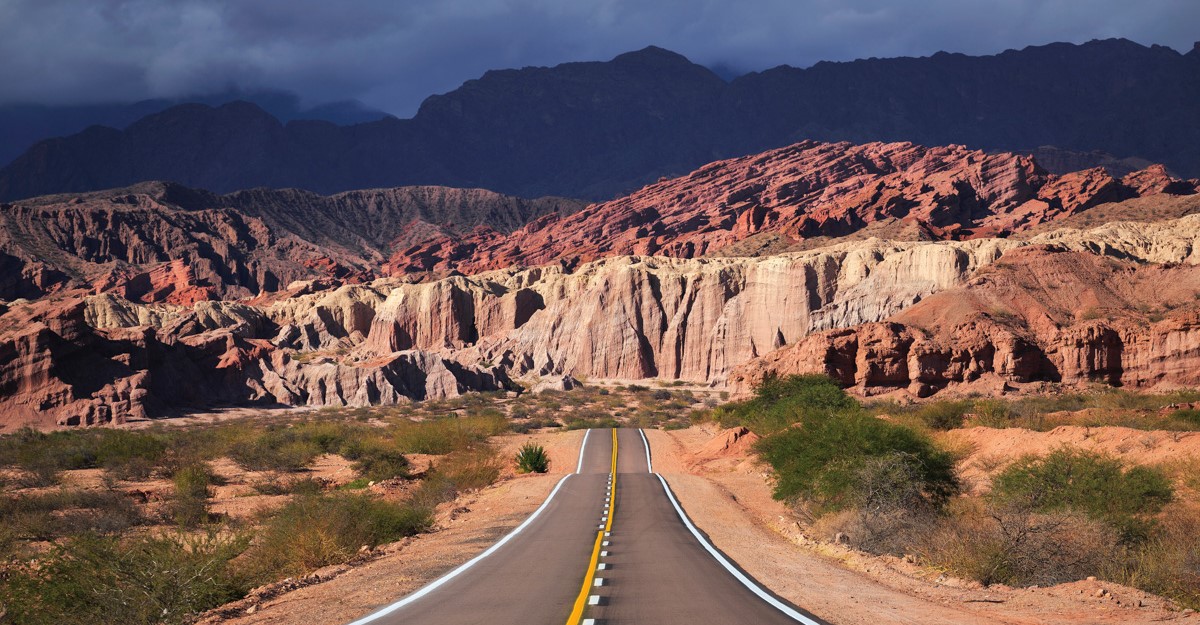Argentina is a largely and extremely diverse country: its climates vary from highland deserts to sub-tropical jungles to the Patagonian steppe. Once you’ve decided your desired destination, consider these top tips to help you decide when you want to come based on weather conditions, hotel availability, and competitive prices!
Patagonia
Shoulder Season
For those seeking to enjoy smaller crowds and save some money, contemplating a visit to Patagonia during the shoulder seasons from October to November or March to April is advisable. During these periods, tourist numbers tend to decrease, and the transition between seasons offers a unique and more tranquil experience.
Spring
Spring unfolds in Patagonia from September to November, transitioning from chilly temperatures to a milder, warmer climate. This season presents an excellent opportunity to escape crowds, as hiking trails across the region reopen after winter. National parks and landmarks are relatively serene, offering the advantage of glimpsing animals like pumas that might be deterred by larger crowds.
While spring is the wettest time in Patagonia as winter thaws away, and winds tend to be high, it provides a unique perspective as you witness the transformation from freezing winter to the vibrant hues of spring.
Fall
Argentina’s remarkable geographical diversity adds a distinct allure during this period. Depending on the town you explore, you’ll encounter a striking array of colors and contrasts.
In Patagonia, the landscape is adorned with reddish and yellow hues, contrasting with the lush green moss and deep browns of logs and the ground. Early snowfalls can add an extra layer of enchantment to this scenery.
Venturing to the impressive mountain range reveals yet another spectacle. Abundant vegetation transforms these areas into a tapestry of colors, providing breathtaking views of both mountains and sea.
In addition to its incredible landscapes, many destinations in Argentina enter the low season, allowing visitors to explore these places with fewer crowds. The concept of “shoulder seasons” has gained popularity, prompting destinations to become more adept at accommodating adventurers during these periods. Consequently, professional photographers frequently choose to visit these locales during this season, capitalizing on the unique charm and tranquility that the shoulder seasons offer.
Winter (Low Season)
Winter in Patagonia spans from June to August, a season that, while previously less popular due to harsh weather and frigid temperatures, is gaining increasing popularity. The allure lies in the unique and breathtaking landscapes that emerge during winter, such as the snow-capped peaks of the towers.
This season is ideal for adventurous souls seeking to embrace the raw wilderness of the region, with a notably lower number of tourists. It also offers some exclusive opportunities. From July, you can take part in amazing activities like ice trekking over the awe-inspiring Perito Moreno Glacier!
When planning a visit to Patagonia in winter, it’s essential to have flexibility in your schedule, allowing for adjustments based on local weather conditions for a more rewarding experience.
Summer (High Season)
The Patagonia summer season spans from December to February, marking the high season when temperatures can soar up to 72 degrees Fahrenheit. This is the most sought-after time to visit when the skies are generally clearer, reducing the likelihood of encountering chilly days during activities like photographing the Laguna Torre or Perito Moreno Glacier (you might catch an impressive calving of the glacier at this time of year too!). However, Patagonia’s weather remains unpredictable, and consistency is not guaranteed.
Summer in Patagonia is notorious for its extreme winds, occasionally reaching speeds over 120 miles per hour. This season attracts larger groups of visitors as the weather tends to be more stable.
Typically, the summer weather in Patagonia is ideal, with all trekking trails open and in pristine condition. This allows easy access to iconic hikes like the Laguna Los Tres and Laguna Torre, providing travelers with ample opportunities to explore the area and witness its abundant wildlife in all its glory.
Iguazú & Iberá
Summer (High Season)
From December to March, the climate in Argentina’s jungles is much hotter and more humid. The rains in this season make the falls roar even louder, sending a refreshing spray all over anyone nearby! January, February, and the Easter break are popular times to visit for the locals, so you can expect more people to be around at this time of year. If you’re keen to go for these dates, be sure to book early!
Fall (shoulder season)
Between April and June is the dry season around Iguazú, bringing some of the wildlife like butterflies out to enjoy the sunshine. The reduced rainfall means less water flows over the falls but they remain equally as impressive!
Winter (low season)
Although much cooler, visiting between June and September is great for active travelers looking to hike or go mountain biking along the incredible nature trails here. You’re less likely to get caught in the rain while you’re out and about and the humidity is much more manageable. You’ll also find that there are far fewer people around, meaning you can get great deals and enjoy uninterrupted views and access!
Northwest Argentina
These areas are much less frequented by visiting tourists, so there isn’t much difference if you’re trying to stay away from the crowds. There are some differences in weather though, so it’s a good idea to plan your trip around the seasons!
Summer
In the summer, you can enjoy the warmer temperatures in the areas around Salta and Puna in the highlands of northern Argentina. You might hear that it can be rainy in these months (December-February). It’s true, but it’s also very relative – the region typically receives a maximum of 15 cm of rain per year, so it’s unlikely to ruin any trip!
Spring & Fall
Spring (September-November) and Fall (March-June) is generally considered to be the best time to visit northwestern Argentina due to the pleasant weather. With little rain and mild temperatures, this is a great time to be able to get out and about around Salta and Jujuy. If you visit in September, you can also catch the Fiesta del Milagro, a big annual festival in Salta in honor of their patron saints.
Winter
If you visit the mountain towns like La Quebrada de Humahuaca and San Antonio de los Cobres, be sure to take some warm layers. Similar to the Atacama Desert, just over the border in Chile, the nights can get extremely cold here and you’ll be grateful for a snug jumper. For most of the region that doesn’t lie at such high altitudes, the winter is actually a great time to visit, with cooler temperatures that are great for getting outdoors!
Wine country
Argentina’s wine capital, the charming city of Mendoza, is a great year-round destination. It’s almost always sunny. Of course, whenever you visit, you’ll be able to sample not only the aromatic wines but also the delicious local cuisine. That said, each season has its own benefits.
Summer
If you’re planning to get out of the vineyards for a while, summer can be a good time to go. Although it’s pretty hot this time of year, the melting snow makes activities like white-water rafting particularly adrenaline-inducing at this time of the year!
Fall
Sometimes argued to be the best time to visit, the fall (March-May) also hosts the Festival Nacional de la Vendimia – or the National Wine Harvest Festival. The vineyards are lush and calmly bustling as the workers collect the grapes to make their next vintage in the beginning of the season. Note that if you’re coming especially for the festival that its dates can move from year to year, so be sure to check this before you book!
Spring
Spring (September-November) offers ideal temperatures for walking and other outdoor activities if that’s something you’re looking for, but you’ll find the vines to be recently pruned and sparse, ready for the new season of growth. That said, the vineyards are pretty quiet at this time creating a peaceful atmosphere.
Ready to start planning your trip to Argentina? Talk to the EcoArgentina travel experts today!

